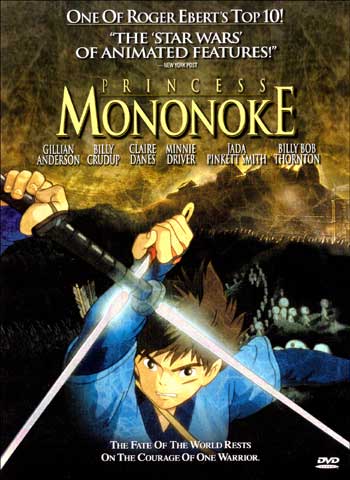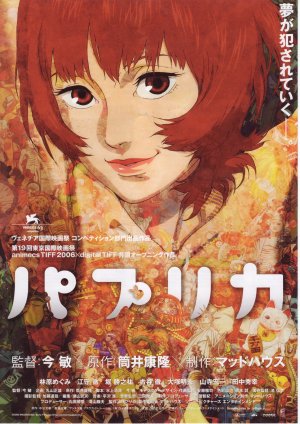Conclusion
Through anime, viewers are able to witness certain aspects of Japan’s history and culture. Japanese society’s complex, chaotic, and interesting past is evidently reflected in the anime films analyzed. The identity created by Japan’s experiences with earthquakes, tidal waves, and atomic bombings shaped the apocalyptic mode of expression that is prevalent in most Japanese media (Napier 250). The progression of Japan’s issues of sexuality and gender are also prevalent. As women’s rights and opportunities gained momentum in contemporary Japan through time, so did the roles and opportunities of female characters in anime. This progression is seen beginning with Akira (1988), then Princess Mononoke (1997), and finishing with Paprika (2006).
Despite these concepts of Japan’s society affecting the context of these films, it is important to note that the style of anime allows any audience to project itself in the characters’ situation. This makes the issues presented in anime global, addressing more than one group - in this case the Japanese. As with any history, one must not forget its past, as it would likely repeat again. Anime, and other forms of art, record the past in aesthetically-pleasing mediums, where their styles and implementations can a profound and stunning effect that no history book can accomplish.


